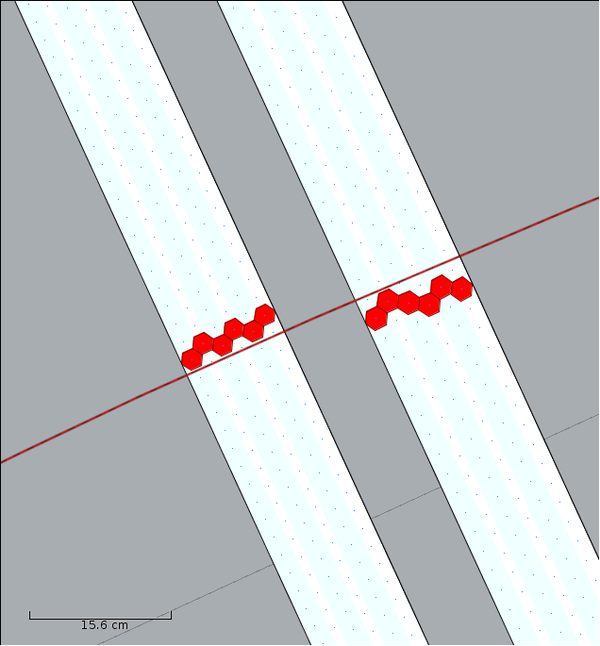Difference between revisions of "DF Definitions of Tracking Elements"
Jump to navigation
Jump to search
| Line 6: | Line 6: | ||
Below is an example of how Hits are stored in a Hipo file. | Below is an example of how Hits are stored in a Hipo file. | ||
| − | + | <div style="height:120px;width:120px;border:1px solid #ccc;font:16px/26px Georgia, Garamond, Serif;overflow:auto;"> | |
| − | + | As you can see, once there's enough text in this box, the box will grow scroll bars... that's why we call it a scroll box! You could also place an image into the scroll box. | |
| − | + | </div> | |
| − | |||
| − | |||
| − | |||
| − | |||
| − | |||
| − | |||
| − | |||
| − | |||
| − | |||
| − | |||
| − | |||
| − | |||
| − | |||
| − | |||
Revision as of 16:01, 11 July 2018
Hits
Hits are representations of the locations where a particle flying through the drift chamber layers induces a voltage pulse in a nearby wire. In the image below they are represented by the red hexagons.
Below is an example of how Hits are stored in a Hipo file.
As you can see, once there's enough text in this box, the box will grow scroll bars... that's why we call it a scroll box! You could also place an image into the scroll box.
